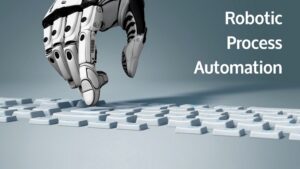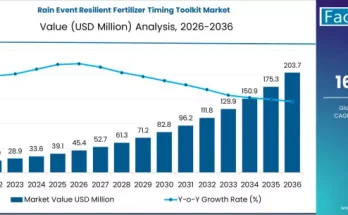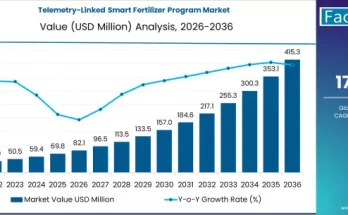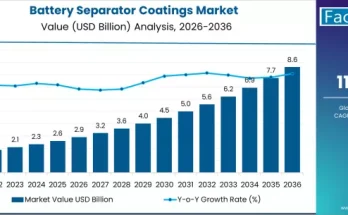Once confined to the factory floor, now automation has become an inseparable part of our lives. The impact of automation is significant on both work and leisure, making human life easier than ever before. The usage of software robots that simulate how people interact with computers and software is called robotic process automation (RPA). A software innovation that makes it simple to create, use, and manage software robots that mimic human interaction with hardware and software.
By December 2023, the market for robotic process automation is expected to grow to a value of over $10 billion. It’s a kind of IT solution that enables businesses to use specialized software applications to automate their processes.
Both the hardware and software sectors are included in a broader definition of automation, particularly when it comes to manufacturing. Factory automation is by far the largest market category in the sector, with significant market shares also held by process automation and industrial software. The extent to which business workflow automation software will affect job levels as it advances across a number of industries is unknown.

RPA helps in reducing human errors and enhances efficiency in the manufacturing sector. Moreover, it’s effective in managing administrative tasks due to which the workforce can focus on higher-value operations. By automating production process elements, manufacturing departments across industries, including telecom, travel, insurance, healthcare, and banking, are realizing cost-effectiveness and labor efficiency.
However, Physical robots have been employed in the manufacturing sector to assemble, test, and package goods for decades. The assembly line is made more efficient by these robots, but the back-office operations are still difficult to keep quick and straightforward, mostly because of unskilled workers, lengthy procedures, antiquated supply chain management systems, and regularly changing regulatory requirements.
It is critical for businesses to cut the time it takes for their items to reach the market in a highly competitive consumer market. Robotic process automation technologies drastically cut down on manufacturing times and the likelihood of completed items having errors.
By reducing on boarding times and fixing scaling problems, market participants can generate steady revenue streams. By decreasing time consumption and altering labour-intensive processes, organizations need to concentrate on lowering the friction associated with robotic process automation.
RPA is a more straightforward solution than an AI-driven system or corporate software that aims to integrate all data into the platform. Because of this, it is also a considerably less expensive product than AI or ERM software. Many businesses may find RPA to be a more appealing option because of its relative simplicity and low cost, especially if the business has legacy systems. Compared to other intelligent process automation solutions, robotic process automation is simpler to adopt because it is made to work with the majority of legacy systems.
The developed countries are likely to remain hubs for robotic automation owing to a large number of technological giants. However, developing economies are also emerging in terms of the adoption of automated processes to save time and labor costs.
Despite eye-catching benefits, RPA has its downsides.
The RPA flaw with the worst effects might be stated to be the Magnification of complicated operations. Your entire automated process system could be disrupted, leading to a number of problems. The fundamental cause is that companies don’t give the procedure enough thought before implementing it.
If a business does not optimize processes before automating the risk of processes having problems. More importantly, it has an impact on work productivity, and compiled data won’t be reliable. Additionally, the consequences of organizations’ negligence will cost them a lot to fix.
There is a lack of creativity in this technology as it can only interpret programming languages and not human emotions. Therefore, in some jobs automation can’t replace other technologies. Process mining is fully operational in today’s RPA. Nevertheless, we may anticipate that process mining will get more advanced in the future. The RPA will be able to find tasks through the use of bots, ensuring increased efficiency and effectiveness. The capabilities of RPA may be increased by AI-driven automation tools.
Future of Business- Automated and Agile
The RPA bots with intelligence will be able to collect information on how users interact with apps and analyze that information to identify potential areas for automation. Businesses are anxiously anticipating the next level of agility in task automation. The automated discovery process makes sure that the ideal operations to start automating are found more quickly and accurately.


